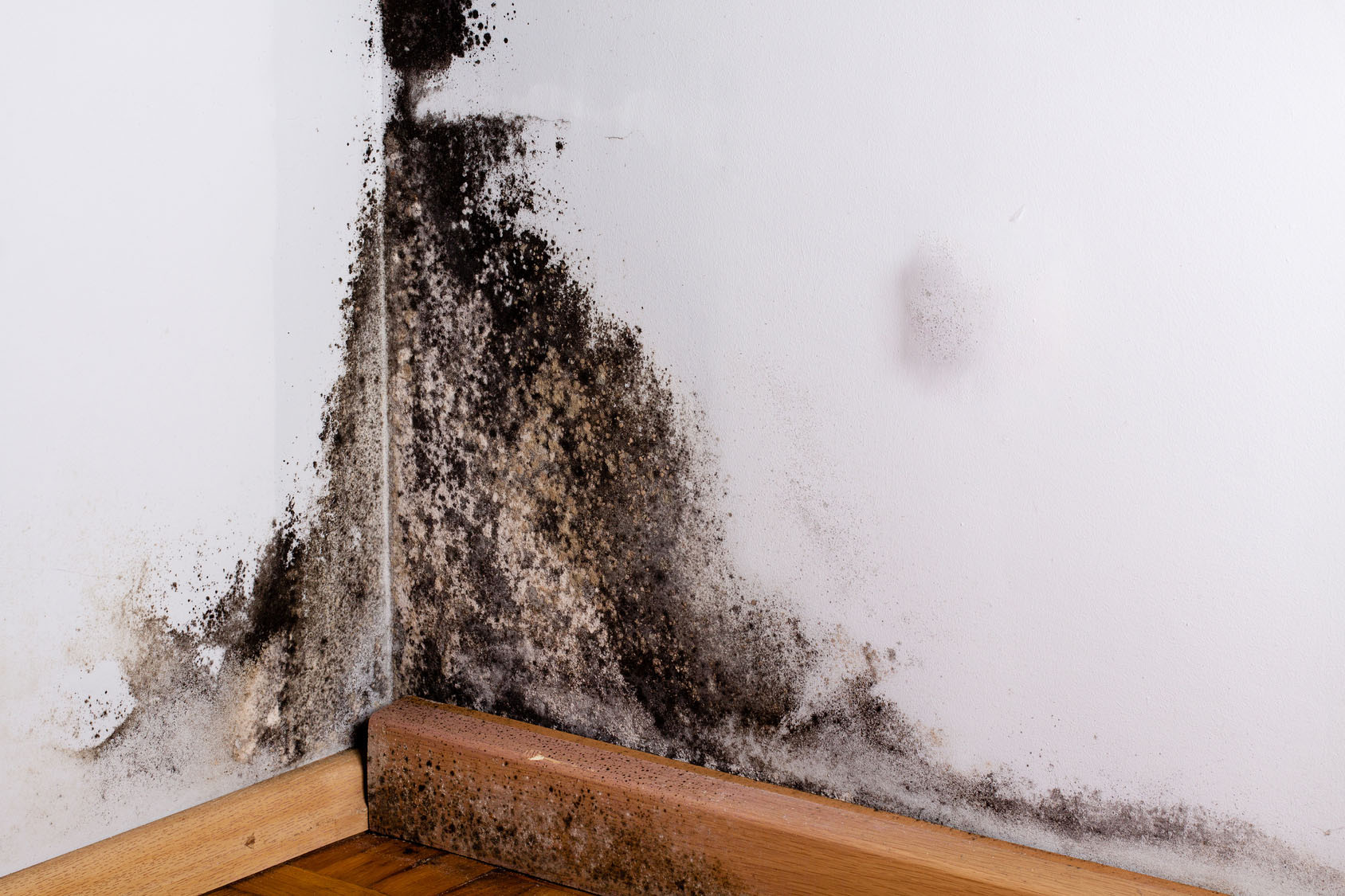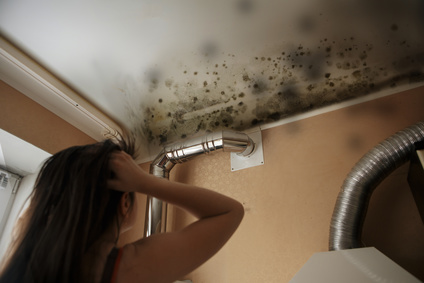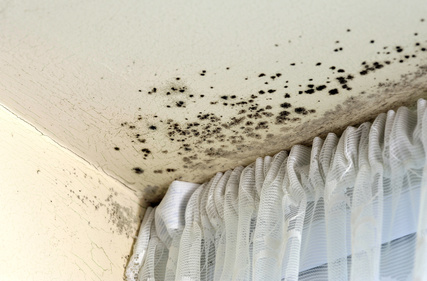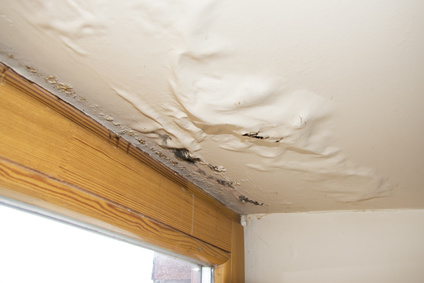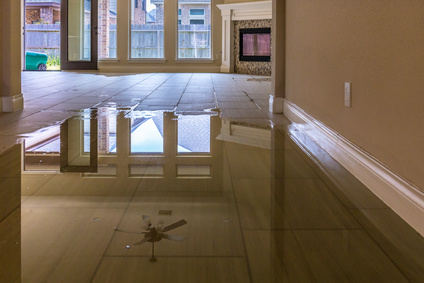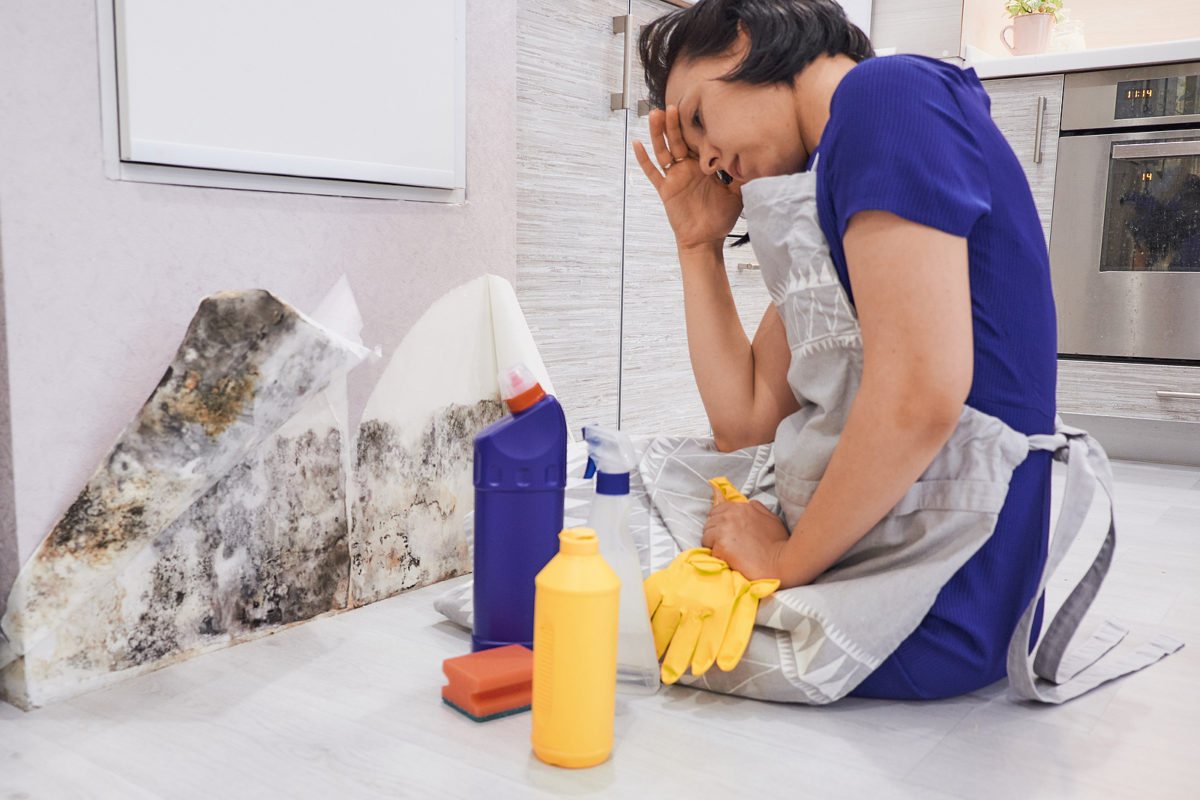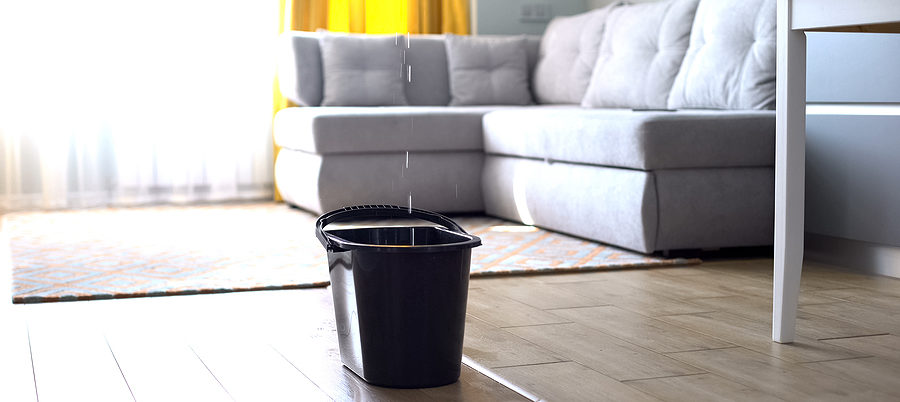What’s fuzzy and fluffy and most definitely not welcome in your home?
Nope, we’re not talking about pets, teddy bears, or anything else of the cute and cuddly variety. We’re talking about mold. Experts estimate that there are around 30,000 different species of mold. They come in a range of colors from black, yellow, and white to blue and green. Different types of mold prefer to grow on different types of surfaces and materials.
However, no matter what the mold looks like or where it is growing, there is one thing that is always the same — you want to get it out of your house as soon as possible.
Not sure why mold is a problem? Read on to learn about the dangers of mold as well as the steps to take if you find mold in your home.
There’s no way to 100% keep mold out of your home. Mold produces spores that float around in the air until they find a suitable place to rest and start growing. These spores are everywhere, indoors and out, and there is no way to completely eliminate their presence.
The trouble starts when the mold spores find an organic material with the right growing conditions. Mold loves dark, damp places, which is why you’ll often find mold in basements, under the bathroom or kitchen sink, in the backs of closets, and in other dank places.
So, what’s the big deal with a little mold? Sure, it’s unsightly and you’ll want to clean it out just to keep your home nice. But what is it about mold that is dangerous?
There are two main issues with mold growth in a home. Let’s explore…
Structural Damage
When mold spores take root, they can grow into a colony and spread quickly. It only takes 24-48 hours for the mold colony to begin to take root once the spore has found an adequate site.
Mold eats organic matter. As the colony grows, it will spread and eat away whatever it is growing on. If the mold is not cleaned away, eventually the material will be damaged beyond repair. Even if the material isn’t damaged, it can be difficult to clean an object that has had mold growing on it for too long. Mold can leave behind a stain that is nearly impossible to get out.
Beyond this, there is the question of how the mold began to grow in the first place. Mold spores hang out on the surfaces in your home but remain dormant until the conditions are right.
In other words, they’re waiting for the moisture they need to flourish.
If a pipe springs a leak, or some other event allows water into your home, you’ll have a mold problem in 24-48 hours if you don’t act quickly. Plus, you have wet building materials. While it might take mold a long time to cause a significant amount of damage, it doesn’t take long at all for wet wood or other materials to rot away.
Health Problems
In addition to the structural damage that mold can cause, it also has a detrimental effect on the air quality in your home. There are always a certain amount of mold spores in the air, but an active mold colony growing in your home produces many more.
On top of that, the mold gives off cells, unstable organic compounds, fragments, and particles from the material it is digesting. This excess debris in the air can make you sick. For some people, especially those who suffer from allergies, a chronic lung condition, or asthma, the effect can be downright disastrous.
The problem is severe enough that research shows mold in the home as a main contributing factor in the development of asthma in children. More than 6 million children in the US suffer from asthma.
Because of these dangers, you should always be on the lookout for mold in your home. Remember, it likes to grow in damp, dark areas.
Every so often, perform a quick mold inspection. Look in the cupboards under all your sinks to ensure there are no leaks. Keep an eye on the walls around windows that condensate. Some molds obviously look like mold, but other molds can look like a dirty surface. To test for mold dip a cotton swab in 16 parts water to 1 part bleach and touch it to the surface. If the spot quickly lightens, you can assume you’re dealing with mold.
Keep an eye out for leaks or moisture accumulation anywhere in your building. If you find a moist section, keep in mind that mold may not be visible, but where there is water, there is probably mold. If the infestation is severe enough, you may have to open up your walls to replace the insulation or other materials that have been taken over by mold.
An excellent way to detect unseen mold is to pay attention to how your home smells. Does it smelly musty when you come home and it has been closed up all day? If you notice an unusual odor, particularly if it starts getting stronger quickly, it’s time to go on a mold hunt.
Also, how do you feel? If you’re noticing skin and eye irritations, unexplained headaches, insomnia, nausea, or fatigue, you may be suffering the effects of having mold in your home.
Now that you know what to watch out for, what do you do if you find mold in your home? It depends on the severity of the infestation, of course.
If you think you caught it quickly, you may be able to clean it up yourself with a diluted bleach solution. If you try to clean mold, always wear protection, including a respirator. Disturbing the mold will release extra spores and that’s the last thing you need to be breathing.
If you think the problem is already beyond that point, it’s time to take some more serious mold remediation steps.
Begin by having your home tested for mold. This is particularly important if you think the problem is more widespread than you realize or if you can smell mold but haven’t found it. Professional testers know where to look, how to figure out what type of mold you have, and will help you determine the extent of the problem.
If your mold problem is relatively minor, the tester may detail exactly where to find all the mold and allow you to clean it up yourself. However, you may prefer to have it done professionally to enjoy the peace of mind that your mold problems are wiped out.
2. Determine What Caused/Allowed the Mold to Grow
You must find out the source of the water that allowed the mold to grow. If you don’t, you can clean up the mold, but continue fighting a losing battle against the outbreak. As long as the conditions are right, mold will keep growing back because there is no way to completely remove all traces of mold spores.
If the mold has caused significant property damage, the repairs can get expensive quickly. Thankfully, you may have some help. Mold remediation is often covered under your homeowner’s insurance policy.
Coverage is often dependent on what caused the mold. For example, if you suffered water damage and a mold outbreak as a result, mold removal will probably be covered. However, some policies don’t cover mold removal if it came about because of a lack of routine maintenance. However, determining the root cause can get tricky.
To find out what you qualify for, talk to your company about your specific policy.
Now it’s time to get rid of that nasty stuff. Some homeowners will try to go the DIY route on mold remediation, but they often don’t know what they’ve gotten themselves into. When you disturb mold, it releases thousands of spores into the air. Not only are you right there breathing it if you don’t have respiratory protection but also those spores are now traveling all over your house.
To cut down on this problem you need to use proper protective equipment, set up fans for proper ventilation, and thoroughly wash or throw away your clothes when you’re done.
Furthermore, if you don’t get all of it, or don’t get the area dried out adequately, you’ll experience a resurgence of the problem and have to do it all over again shortly afterward.


